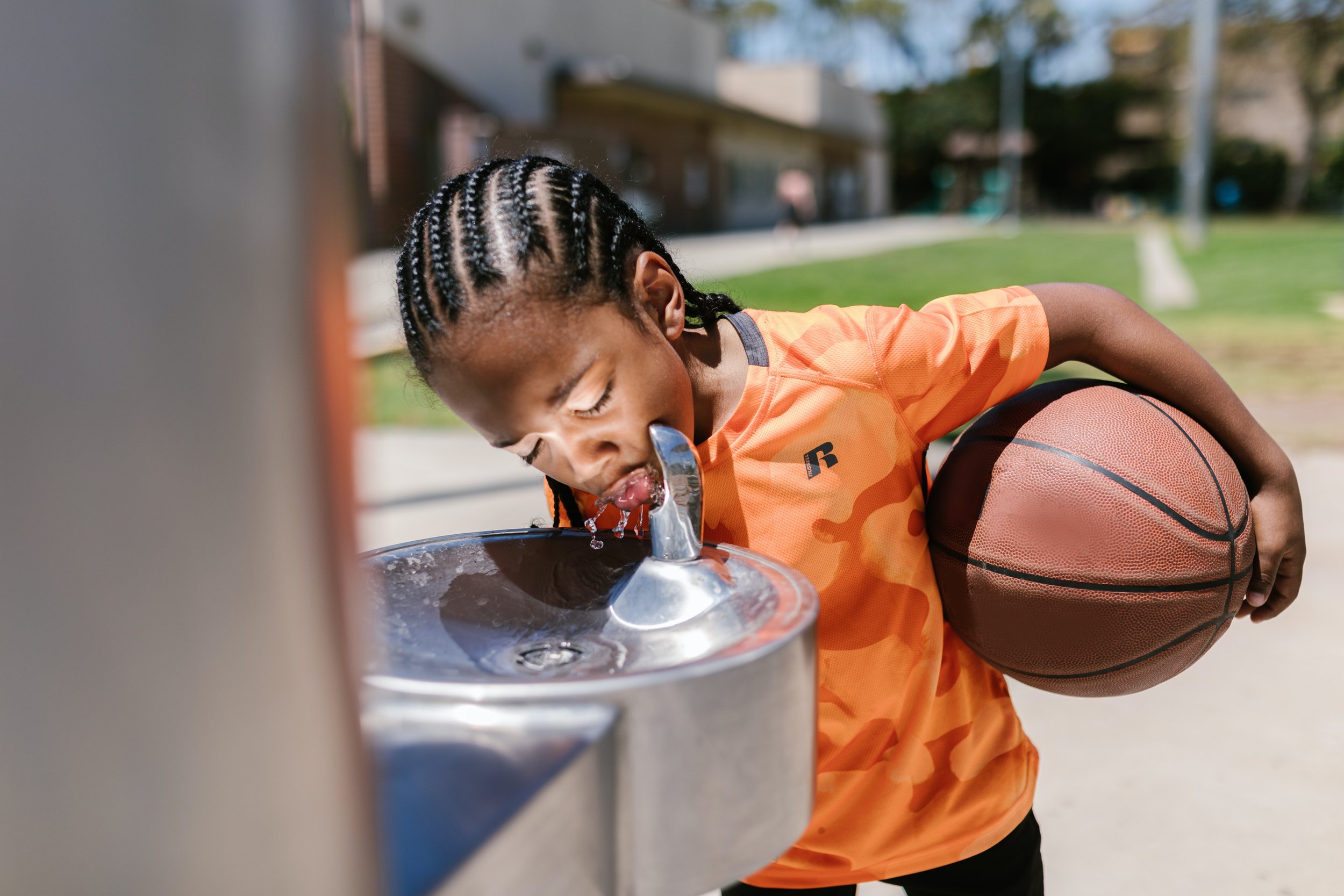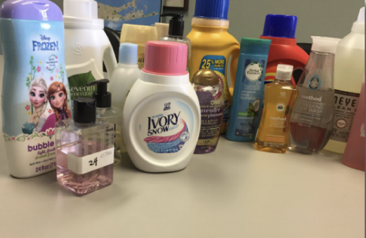In recent years, communities across New York, Connecticut and the nation have discovered their drinking water sources are contaminated with harmful PFAS chemicals. PFAS are referred to as “forever chemicals” because they are very persistent, meaning they build up in our bodies and don’t break down in the environment. New science indicates that there is no safe level of exposure to PFAS in our drinking water and we must do more to protect public health from this growing threat.
In order to protect drinking water and public health, the U.S. Environmental Protection Agency (EPA) has proposed the first nationwide enforceable limits on the amount of six highly toxic PFAS chemicals allowed in drinking water.
EPA is now accepting public comment on the proposed drinking water regulations. Polluters will undoubtedly push to weaken these proposed regulations—EPA must stand firm and adopt these strong, health-protective standards! Adopting these drinking water standards will protect drinking water in New York, Connecticut and throughout the nation and prevent thousands of premature deaths. Submit a comment to EPA before the public comment period closes on May 30th!
Background
What is PFAS?
Per-and polyfluoroalkyl substances (PFAS) are a group of thousands of manufactured chemicals that have been used in industry and consumer products for many decades, due to their non-stick, grease-resistant and waterproof properties. PFAS are used in cookware, packaging, clothing, furniture, adhesives, paint, firefighting foam, artificial turf, and other products. According to the U.S. EPA, there are at least 3,500 industrial sites across New York and 900 sites across Connecticut that may be handling or using PFAS chemicals.
PFAS Pollutes our Environment and Drinking Water
Due to widespread use of PFAS chemicals in numerous products and industries, PFAS chemicals have become ubiquitous in the environment, including our soil, air, and drinking water. Testing has revealed PFAS in water sources in communities across New York, Connecticut, and the nation.
PFAS Threatens our Health
Studies show that human exposure to PFAS is widespread and that nearly all people in the United States have some PFAS compounds in their blood. Exposure to PFAS can lead to higher rates of kidney and testicular cancer, higher cholesterol levels, thyroid problems, adverse developmental effects and decreased immune response in children, and other adverse health impacts.
New Science Indicates That There is No Safe Level of Exposure to PFAS
Based on a growing body of new science, the U.S. Environmental Protection Agency (EPA) updated its drinking water health advisory for two types of PFAS chemicals, PFOS and PFOA. Drinking water health advisories indicate the amount of a chemical in drinking water that is expected to cause adverse health impacts. The EPA significantly reduced the health advisory from 70 parts per trillion (ppt) for both PFOA and PFOS down to a mere .004 ppt for PFOA and .02 ppt for PFOS. This means that there is essentially no safe level of exposure to these chemicals in our drinking water!
EPA Proposes Strong National Drinking Water Standards
Following the update of health advisories, EPA has now proposed the first nationwide enforceable limits on the amount of six highly toxic PFAS chemicals allowed in drinking water. For PFOA and PFOS, EPA proposed individual drinking water limits of 4 ppt per chemical. For the other four PFAS (PFNA, PFBS, PFHxS, and GenX), EPA proposed an enforceable limit designed to address those chemicals’ combined effects as a mixture. While we want to ultimately eliminate PFAS in drinking water, EPA’s proposed standards represent the strongest standards that are currently technically feasible.
Thank you for taking action!
Sincerely,
Your friends at CCE






















